Alwar is a beautiful city in the state of Rajasthan, India, known for its rich history, stunning palaces, and scenic landscapes. Here are some of the best places to visit in Alwar:
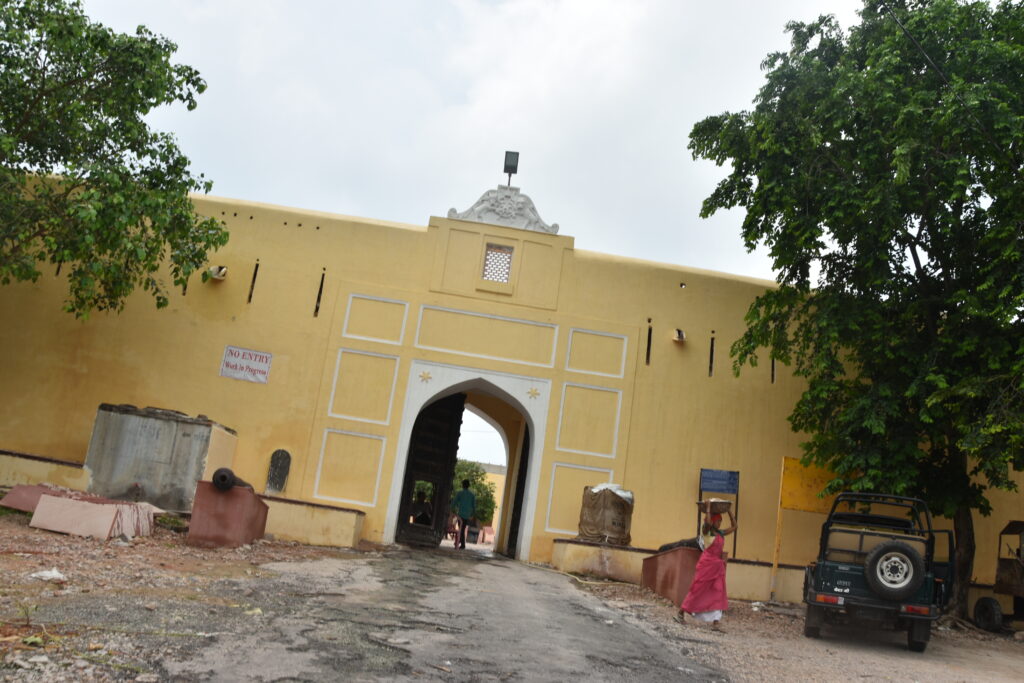
This ancient fort is perched on a hilltop and offers breath-taking panoramic views of the city and surrounding areas. It is an excellent spot for history enthusiasts and photographers.
Location: Bala Quila is situated atop the Aravalli Range, approximately 5 kilometers from the main city of Alwar. The strategic location provides stunning views of the surrounding landscape.
Points of Interest: Within the fort, you can explore various structures, including palaces, temples, and cenotaphs. Some notable attractions include Jai Mahal, Nikumbh Mahal, Salim Sagar Tank, and Suraj Kund.
Panoramic Views: Bala Quila offers breathtaking panoramic views of the Alwar city below and the picturesque hills of the Aravalli Range. It’s an excellent spot for photography and enjoying the scenic beauty.

Visiting Bala Quila is not only an opportunity to witness a historical marvel but also a chance to immerse yourself in the rich heritage and culture of Alwar. If you plan to visit, make sure to wear comfortable shoes and carry water, especially if you decide to trek to the top. The fort is a must-visit attraction for history enthusiasts, architecture admirers, and nature lovers alike.
Sariska Tiger Reserve
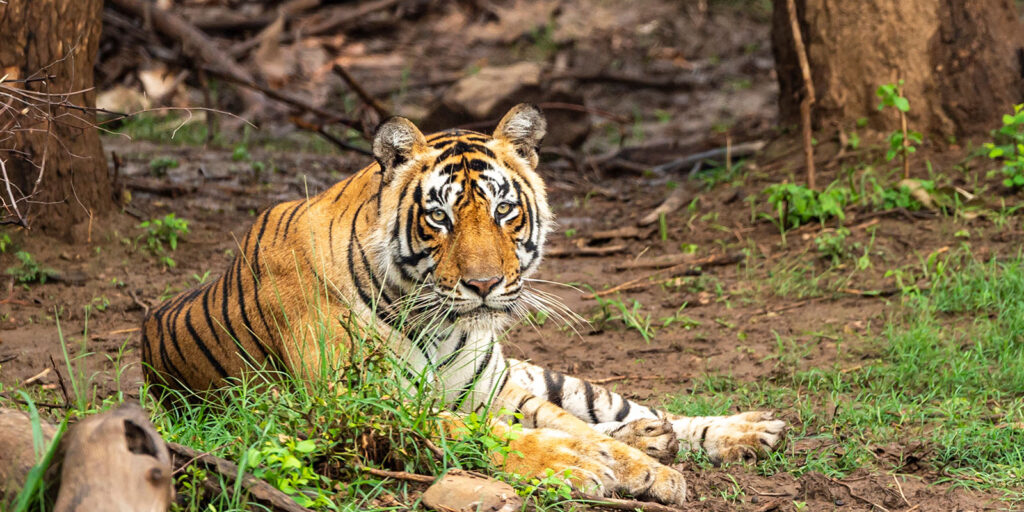
Sariska Tiger Reserve is a well-known wildlife sanctuary located in the Alwar district of Rajasthan, India. It is one of the important protected areas in the Aravalli Range and is famous for its diverse flora and fauna, including the majestic Royal Bengal Tigers. Here are some key details about the Sariska Tiger Reserve:
1. History: Sariska was declared a wildlife sanctuary in 1958 and later became a Tiger Reserve in 1978 under India’s Project Tiger initiative, aimed at conserving the endangered Bengal tiger population.
2. Location: The reserve is situated around 200 kilometres from Delhi and approximately 107 kilometres from Jaipur, making it easily accessible from both cities.
3. Geography: The Sariska Tiger Reserve covers an area of approximately 866 square kilometers. It encompasses hills, valleys, dry deciduous forests, and rocky landscapes typical of the Aravalli Range.

4. Wildlife: The reserve is home to a variety of wildlife species, including tigers, leopards, wild boars, sambar deer, spotted deer (chital), nilgai (blue bull), langurs, hyenas, jackals, and various bird species.
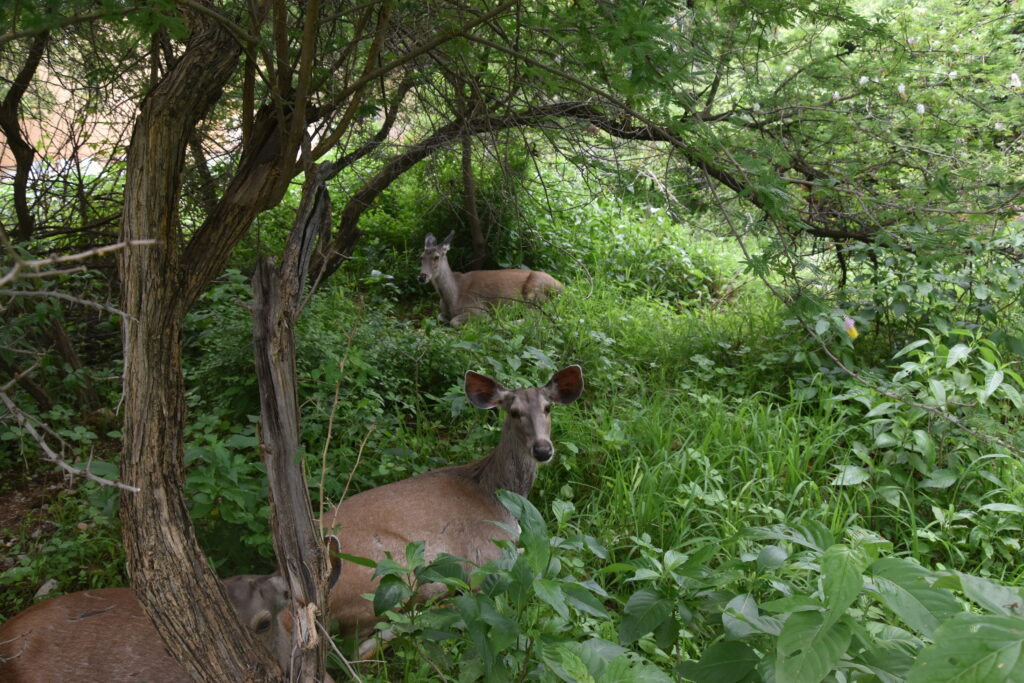
5. Bengal Tigers: Sariska is known for its Bengal tiger population, though the numbers have fluctuated over the years due to various factors, including poaching and habitat loss. Conservation efforts have been made to protect and increase the tiger population in the reserve.
6. Safari and Tourism: Visitors can explore the Sariska Tiger Reserve through guided safaris. The reserve offers both Jeep safaris and Canter (open-top bus) safaris, allowing tourists to get a glimpse of the wildlife in their natural habitat.
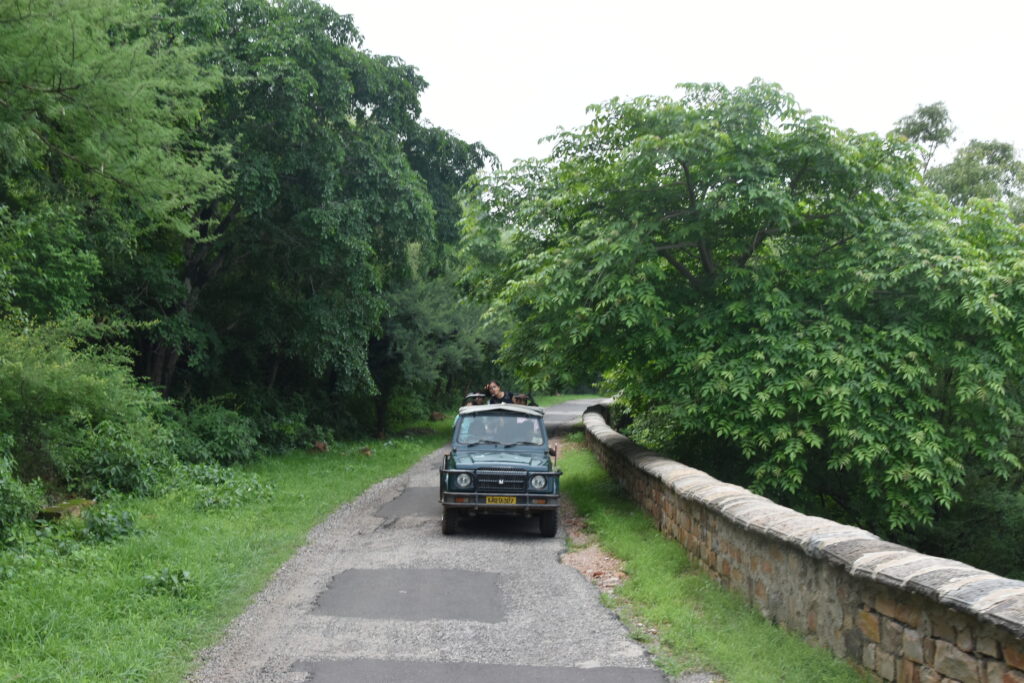
7. Other Attractions: Apart from wildlife, Sariska has several historical and architectural attractions nearby, such as the 17th-century Kankwari Fort, Neelkanth Temple, and the ancient Pandupol Temple.
8. Best Time to Visit: The best time to visit Sariska Tiger Reserve is during the cooler months between October and March when the weather is pleasant for wildlife viewing.
Siliserh Lake:
A serene lake located about 13 km from Alwar, surrounded by hills and adorned with a beautiful palace-turned-hotel. Boating in the lake and enjoying the scenic beauty is a must.
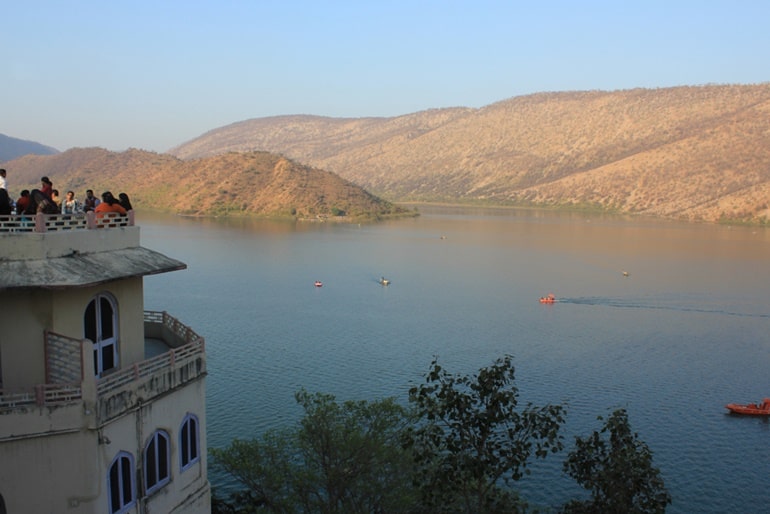
Siliserh Lake is a picturesque lake located near Alwar city in the state of Rajasthan, India. It is a popular tourist destination known for its serene surroundings and historical significance. Here are some key details about Siliserh Lake:
1. Location: Siliserh Lake is situated about 13 kilometers southwest of Alwar city, nestled amidst the Aravalli Range.
2. Origin: The lake was built in 1845 by Maharaja Vinay Singh as a part of a water conservation project to provide water to the residents of Alwar and nearby villages. It was named after the queen, Shila, the consort of Maharaja Vinay Singh.
3. Scenic Beauty: The lake is surrounded by lush green hills, making it a tranquil and picturesque spot. The scenic beauty of the lake and its surroundings attracts visitors throughout the year.
4. Boating: Boating facilities are available at Siliserh Lake, allowing visitors to enjoy a peaceful boat ride on the serene waters. It’s a popular activity and provides an opportunity to take in the beauty of the lake from a different perspective.
5. Siliserh Palace: The lake also houses the beautiful Siliserh Palace, which was originally built as a royal hunting lodge. It has now been converted into a heritage hotel by the Rajasthan Tourism Development Corporation (RTDC). The palace offers a royal ambiance and a chance to experience the regal lifestyle.
6. Birdwatching: The lake and its surroundings attract a variety of bird species, making it a good spot for birdwatching. Bird enthusiasts can spot several resident and migratory birds around the lake.
7. Picnicking and Relaxation: Siliserh Lake is an ideal spot for picnics and leisurely walks. Many visitors come here to relax and enjoy the serene environment.
8. Light and Sound Show: The Siliserh Lake also hosts an evening light and sound show that narrates the history and legends associated with the lake and the surrounding region.
9. Accessibility: The lake is easily accessible from Alwar city, and it takes around 30 minutes by road to reach the lake.
10. Best Time to Visit: The best time to visit Siliserh Lake is during the monsoon and winter seasons, from July to March, when the weather is pleasant, and the surroundings are lush green.
Moosi Maharani ki Chhatri

Moosi Maharani ki Chhatri, also known as Moosi Rani ki Chhatri or Moosi Rani ki Chatri, is a historic cenotaph (chhatri) located in Alwar, Rajasthan, India. It is one of the notable architectural landmarks in the city and holds historical significance. Here are some key details about Moosi Maharani ki Chhatri:
1. History: Moosi Maharani ki Chhatri was constructed in the memory of Maharaja Bakhtawar Singh’s queen, Rani Moosi. Maharaja Bakhtawar Singh ruled Alwar in the 18th century, and the chhatri was built as a memorial for the late queen after her death.
2. Architecture: The cenotaph showcases the classic Rajasthani architectural style. It is an impressive structure with intricate carvings and ornamentations. The chhatri is built on a raised platform and features a dome-shaped roof supported by pillars.
3. Location: Moosi Maharani ki Chhatri is located on the banks of Siliserh Lake, adding to its picturesque setting.
4. Ornate Carvings: The cenotaph is adorned with beautiful carvings, including intricate floral patterns and geometrical designs. The exquisite craftsmanship reflects the artistic talent of the artisans of that era.
5. Royal Tombs: Inside the chhatri, there are cenotaphs or tombs of Maharaja Bakhtawar Singh and Rani Moosi. These cenotaphs are symbolic memorials and are designed to honor the deceased rulers.
6. Scenic Surroundings: The chhatri’s location near the serene Siliserh Lake adds to the overall charm of the place, making it a popular spot for visitors to enjoy the scenic beauty and take in the historical ambiance.














